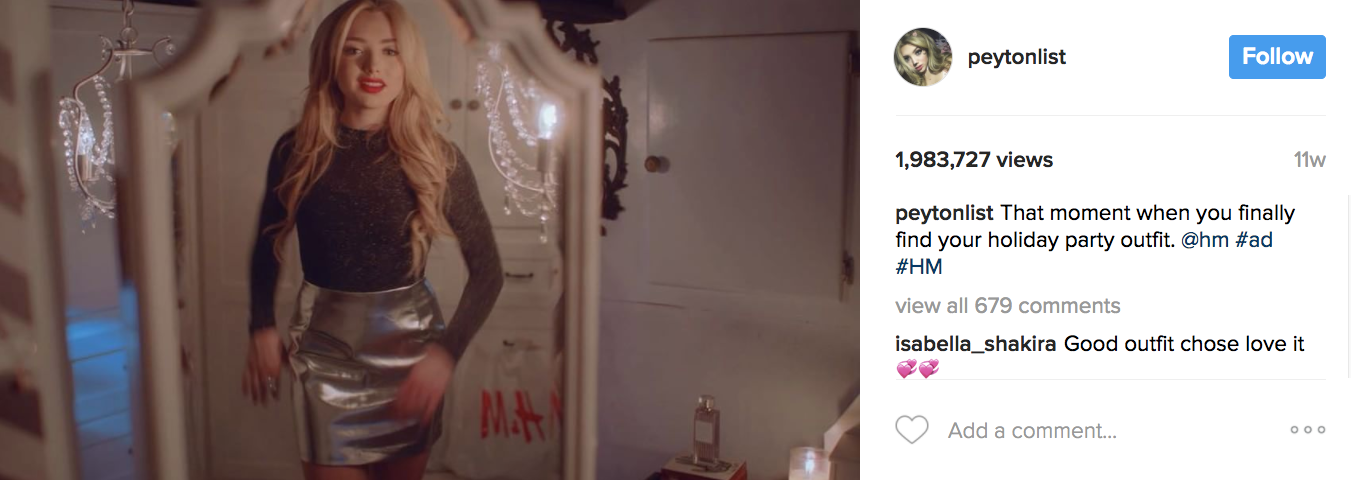
Celebrity Influencer Campaigns Are Not Just For Mega-Brands
Kim Kardashian posts her hot Givenchy get-up on Instagram. Kobe SnapChat’s a fresh new signature pair of Nike’s. April the Giraffe breaks the Internet and brings Toys “R” Us’ Geoffrey the Giraffe along for the ride. That’s a lot of likes someone is paying for and it’s the kind of exposure only the largest retailers and product brands can afford.
Influencer campaigns work and are one of the fastest growing areas of marketing and a hot trend in 2017. It’s sure to keep the dollars away from smaller brand products and boutique storefronts.
What can you do to take part in this invaluable social advertising effort?
The trick for mid-market retailers and brands is to use micro-influencers to promote their shops and products. Micro-influencers are people with smaller, more niche or localized groups of followers when compared to national or international celebrities.
Recent studies show that the use of micro-influencers generates a significantly better ROI than using someone with millions of fans to promote a product or brand. Micro-influencers speak to a much more loyal base than a mega-celebrity. Additionally, micro-influencers typically are more intimate with the brands they represent and come across as more genuine when it comes to advice and endorsements.
Micro-influencers have tens or hundreds of thousands of followers, while a mega influencer has millions of followers. However, the number of followers is not nearly as important as repeat engagement and ultimately, conversions to a sale. When the fit is good between a brand and an influencer, especially if locally or category focused, fans of an influencer can make for very loyal customers.
To find a budding influencer, you can look to your brand’s own followers and see who might be interested in genuinely representing your product. If your business is local to a specific region, you can research other social media accounts in your category and region to see what influencers are hot on the scene. There are even tools, such as Buzzsumo, that can help find people who share interests relative to your brand along with their engagement stats.
You can win at this by following the influencers you’re interested in working with, commenting and supporting their messaging, and ultimately reaching out to negotiate a campaign engagement.
Using micro-influencers can make a smaller brand more visible and relevant in a competitive marketplace, and should be a major component of your social marketing strategy.
Also in Blog

Kiss Your Empty Store Goodbye: 9 Tips to Turn Your Layout Around

Get POS-itively Gorgeous: Choosing the Best Point-of-Sale Solution for Your Health and Beauty Retail Business

